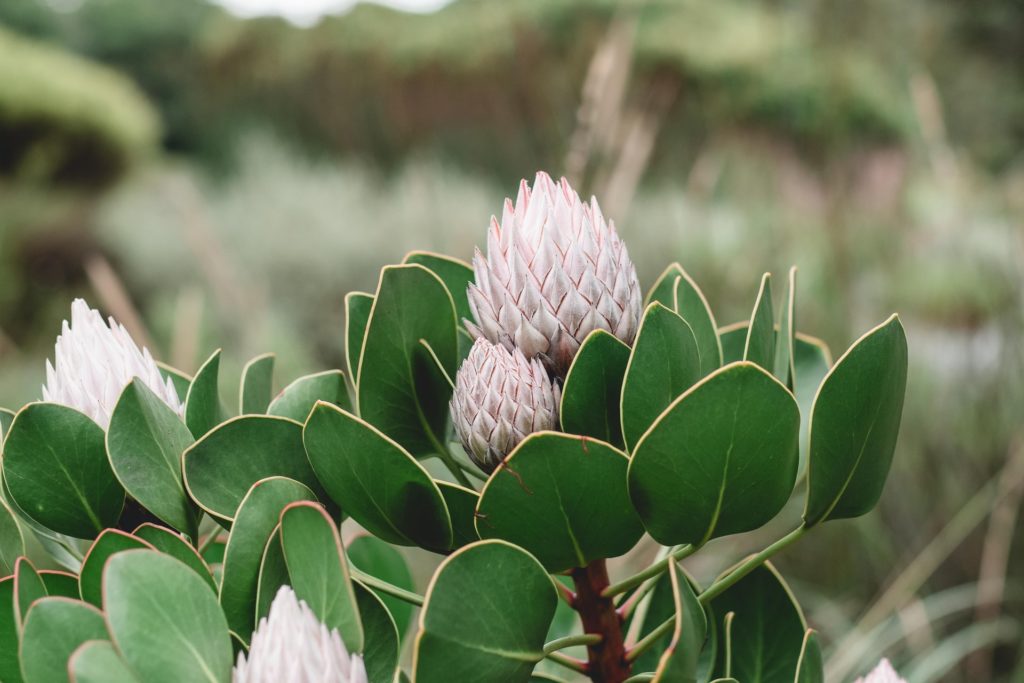The Cape Town fire is largely contained. Table Mountain National Park covers a massive 28,000 hectares, and SANParks estimates that the fire has destroyed approximately 600 hectares.
Cape Town’s pride and joy is the lush fynbos growing in the area. So, what happens to it after a fire?
Fynbos is referred to as a pyrophylic or fire-loving vegetation, and in fact needs to burn every few years to flourish.
Fire plays a role in germination and it also acts as a mineralizing agent. Some fynbos species will die when it burns and regenerate from seed stored in the canopy, while other species build up seed stores in the soil, according to the Kogelberg Biosphere Reserve (KBRC).
Seed germination is stimulated directly through heat and indirectly through changed environmental conditions caused by a fire. Other species can also sprout again from a woody root-stock after the fire, stimulating new growth.
Several factors play a role in whether a fire is useful and beneficial to fynbos. Fynbos has historically shown “maximum seedling recruitment” after late summer and early autumn fires, KBRC reports.
However, in the case of this fire, the invasion of alien trees contributed to increased fuel loads.
“Fynbos is made up mainly of shrubs and therefore when alien trees invade or are planted in fynbos, they tower several meters above fynbos, carrying considerably more fuel,” reports The Conversation. “A change from fynbos to pines and gum trees can increase fuel loads from 4 to 20 tonnes per hectare.”
“What can be done better going forward?
“Firstly, the policy framework needs to be addressed. Although prescribed burns are dangerous and inconvenient, out-of-control wildfires are disastrous and could threaten many people’s lives,” The Conversation continues.
“Secondly, citizens of Cape Town need to be more supportive of prescribed ecological burns and alien clearing. The relationship with managing authorities also needs to be restored and trust rebuilt. Thirdly, Cape Town needs to improve the management of its natural and cultural heritage. This should include both prescribed ecological burns, and keeping the mountain clear of alien trees.”
The ripple effects of this fire, of course, remains to be seen but the hope remains that our prized endemic fynbos species will regrow and thrive. We look forward to seeing the signs of new life and keep our fingers crossed for a rainy winter.
Picture: Unsplash
ALSO READ:
https://www.capetownetc.com/news/the-blame-game-has-started-parkscape-lashes-out-at-sanparks/






